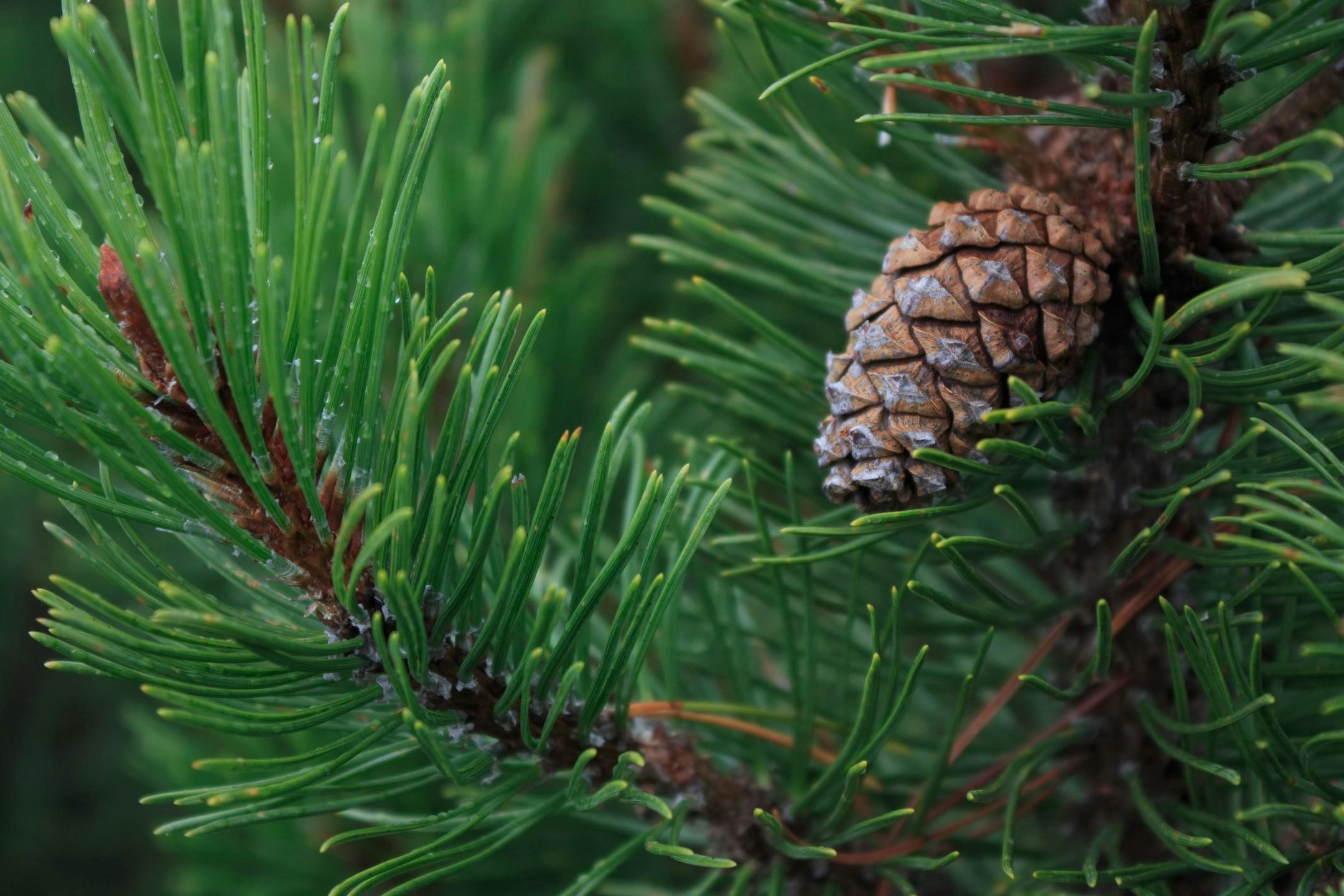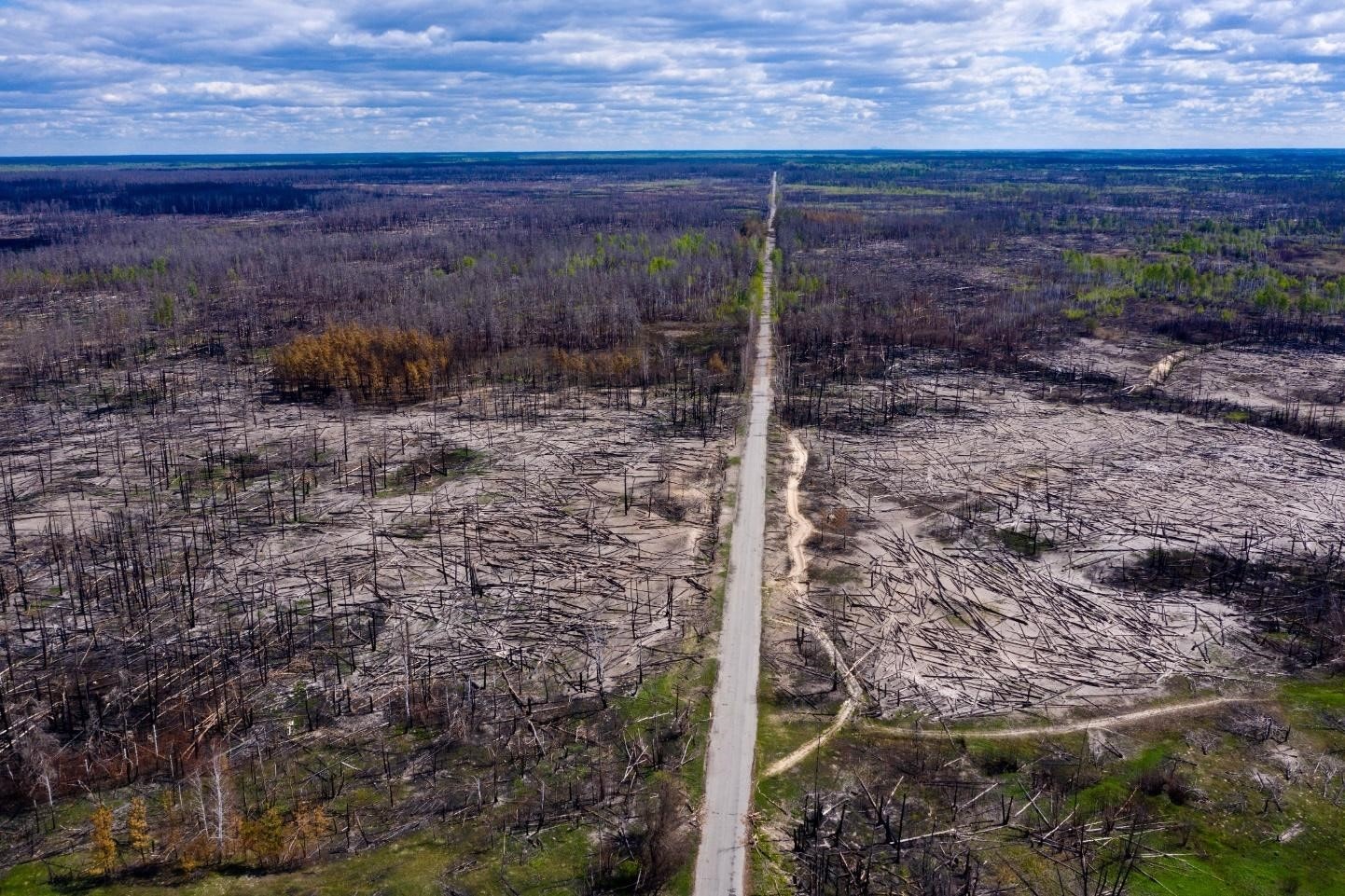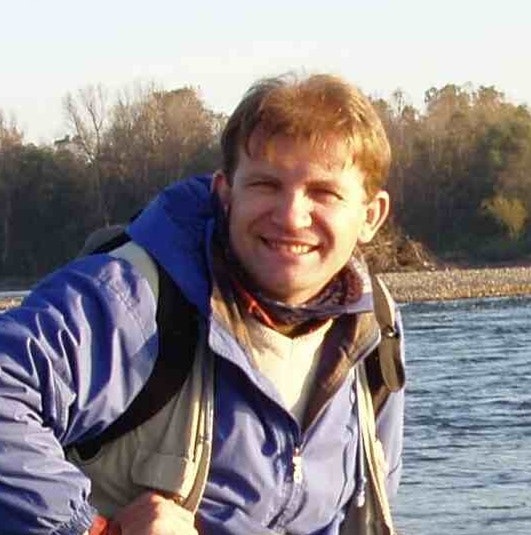Europe’s little-known jungles of the Transcarpathia: building capacity for effective conservation, Ukraine

The wet forests of the Transcarpathia in Western Ukraine represent the largest surviving area of the ancient riverine forests of Central Europe. The forests could aptly be called “jungles” with their huge trees and density of oak-ash stands, many of which are 150-250 years old. They are amongst the most biodiverse forests in Europe but have been reduced to a few vulnerable examples.
The vast number of internationally threatened plant and animal species present in these forests, together with the imminent threat of their large-scale destruction, provide an urgent need to work towards establishment of an effective conservation management model.

The location of these forests, close to the western border of the former Soviet Union has effectively restricted any large-scale investigation of their wildlife and sustainable use. However, today the economic growth of the Ukraine is leading to growing pressure to exploit the forests quickly, with little information existing to lobby the government to protect them.
Corruption, excessive logging and the smuggling of timber have caused serious economic and environmental problems for the region. Moreover, the increasing incidence of devastating floods in both Transcarpathia and downstream has been linked to the degradation of the forests.

Dr. Bohdan Prots is Head of Plant Ecology at the State Museum of Natural History and Director of the Centre for Environmental Studies and Nature Conservation. He leads a major attempt to incorporate Western European conservation experience into Ukraine policy and to build capacity for conservation. Armed with biological data for long term management, Bohdan is lobbying the government to create a 250km2 protected area in the Danube-Carpathian region, 100km2 of which is also being proposed as a Ramsar site. A multi-stakeholder consultation is engaging local people for support of a Biodiversity Action Plan incorporating sustainable use. In the long term, Bohdan hopes to engage representatives from bordering Hungary, Slovakia and Romania to develop a transboundary protected area.
Key facts:
- Over 350 threatened species of international importance are found in Ukraine’s forests, as well as 82% of the Ukraine’s bat fauna (23 species). Only 2% of the forest is currently protected.
- The old-growth forests are the largest in Central Europe (ca. 25km2). The ash trees are the biggest in the world (reaching heights of 46m, 153cm in diameter).
- In the last 100 years, over 120km2 of riverine forest and 100km2 of mires have been lost due to drainage in the Transcarpathia.
2018 Continuation Funding
£70,000 over two years
Engaging communities to protect Europe’s largest remaining old growth forests
Western and Northern Ukraine contains some of the largest remaining tracts of forest on the European continent, home to some of the last viable populations of brown bear, Eurasian wolf, lynx and European bison. The old growth and virgin forests of Ukraine are recognised by UNESCO, but these forests are threatened by illegal logging, illegal wood exports and timber related corruption. In the Ukrainian Carpathians at least 100,000 ha of unique virgin and old growth forests have been lost over the last 20 years alone.
Bohdan Prots has been instrumental in ensuring protection for these key sites, both in terms of policy and reducing threats on the ground. WFN Continuation Funding will now expand Bohdan’s work in the Carpathians to the Polissia region where his team will empower communities to take action against illegal activities, encourage reporting of crime and support monitoring of biodiversity hotspots. The project will also provide support towards the establishment of new protected areas and improve local involvement in Protected Area management planning.
2021 continuation funding
Nature-Based Solution: £70,000 over two years
Rewilding the radioactively contaminated Chernobyl Exclusion Zone
It’s been 35 years since the worst nuclear accident in human history. Over that time, the once post-apocalyptic Chernobyl Exclusion Zone (CEZ) has transformed into thriving forests, wetlands and peat bogs, the agent of this change: nature. What is now a Biosphere Reserve covers 2,600km2 of northern Ukraine. A rewilding process has allowed mixed woodland including black alder, oak and white willow to replace monoculture plantations, and freshwater to flow back into areas once drained for farmland. Even keystone species have returned including wolf, Przewalski’s horse, brown bear and lynx.

However, this flourishing landscape is at risk from wildfires exacerbated by climate change. Increasingly dry land conditions and a decreasing groundwater table caused catastrophic wildfires in 2020 that burned 20% of the CEZ. This threatens to spread the radioactive pollution that is currently being drawn down effectively, as well as releasing carbon, devastating wildlife populations and impoverishing neighboring communities who rely on sustainable timber use for fuel.

Bohdan Prots and the Danube-Carpathian Programme will accelerate what nature has started in order to counter this harmful trend, employing cost-effective rewilding solutions across the CEZ. They will increase forest coverage by 20%, restore 2,500ha of wetlands and establish two Ramsar Sites around the Pripyat River. Both wildlife and people will play a part in maintaining these replenished environments; Bohdan will help reintroduce beavers to further stimulate the rewilding of wetlands while communities, activists and civil society will be trained in wildfire prevention.




